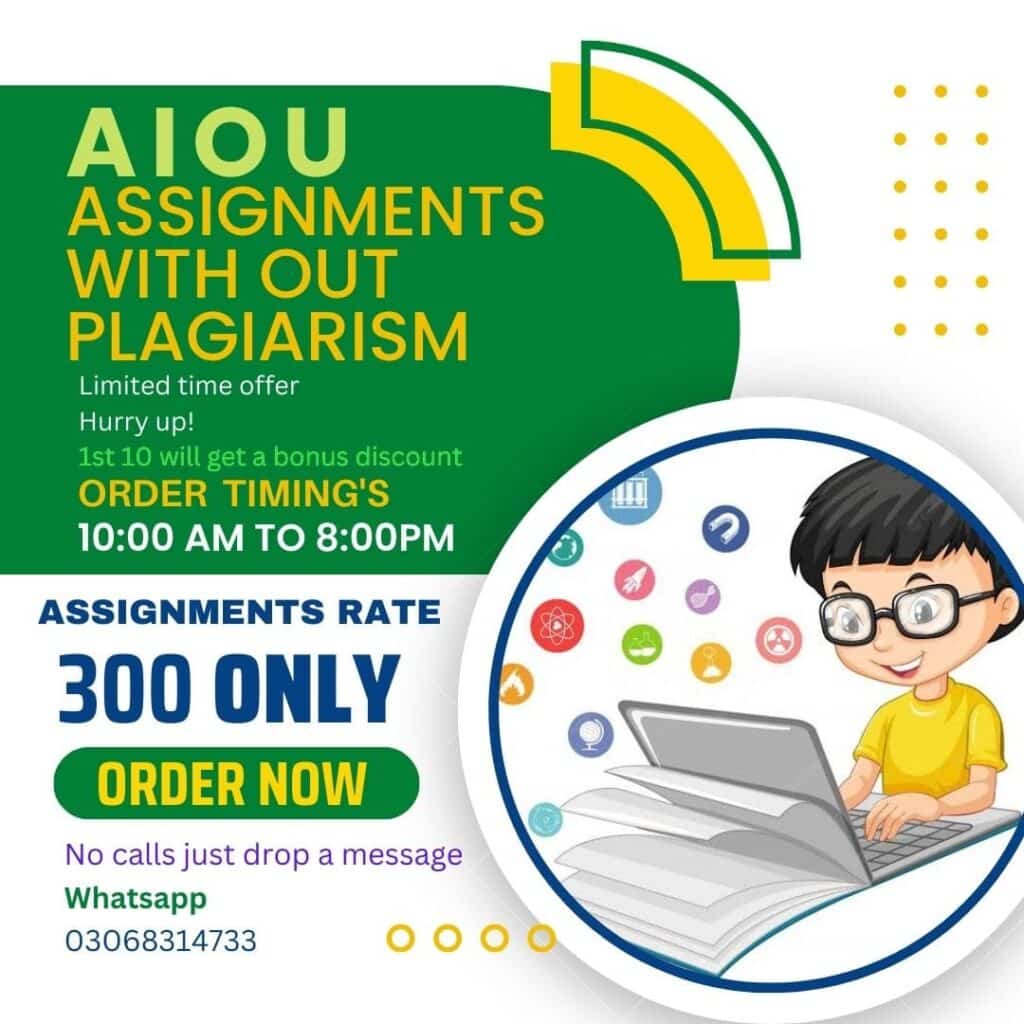
Plagiarism is the act of using someone else’s work, ideas, or words without giving them proper credit or acknowledgment. It involves presenting someone else’s work as your own, whether it’s a written document, a piece of artwork, computer code, or any other form of intellectual property. Plagiarism is considered unethical and a breach of academic integrity.
Plagiarism can take different forms:
Copying verbatim: Directly copying and pasting text from a source without using quotation marks or proper citation.
Paraphrasing without attribution: Restating someone else’s ideas or work in your own words but not providing proper credit to the original source.
Patchwriting: Attempting to paraphrase a source but still retaining too much of the original wording and sentence structure.
Collusion: Submitting someone else’s work as your own, either partially or entirely.
Self-plagiarism: Presenting your own previously published work as new or using it in multiple assignments without proper citation or permission.
Plagiarism is a serious academic offense and can have severe consequences, including academic penalties, damage to your reputation, and legal issues in some cases. To avoid plagiarism, it is important to give credit to the original authors by properly citing and referencing their work.
Question: How you can remove plagiarism in assignment?
To remove plagiarism from an assignment, you can follow these steps:
Understand plagiarism: Familiarize yourself with what constitutes plagiarism. It is the act of presenting someone else’s work or ideas as your own without proper acknowledgment.
Paraphrase and rephrase: Read the original source material carefully and then express the ideas in your own words. Make sure to maintain the meaning and context while avoiding word-for-word replication. Be sure to provide proper citations for the original source.
Use quotation marks: When you want to include a direct quote from a source, use quotation marks around the exact words and provide a citation to give credit to the original author.
Cite your sources: Whenever you use information, ideas, or phrases from another source, make sure to provide proper citations. This applies to both paraphrased content and direct quotes. Use a consistent citation style, such as APA, MLA, or Chicago, as required by your institution.
Reference list or bibliography: Include a reference list or bibliography at the end of your assignment, listing all the sources you cited in the appropriate citation style. This allows readers to locate the original sources easily.
Use plagiarism detection tools: Utilize plagiarism detection software or online tools to check your assignment for any unintentional similarities with existing sources. These tools compare your work against a vast database of published material and highlight any potential matches.
Review and revise: After running your assignment through plagiarism detection tools, carefully review the results and make necessary revisions. Double-check that all sources are properly cited, and make adjustments as needed.
Seek feedback: If possible, have someone else review your assignment, such as a professor, tutor, or peer. They can provide feedback on the clarity of your writing, suggest improvements, and ensure that proper citations are in place.
By following these steps, you can significantly reduce the chances of plagiarism in your assignment and ensure that you give appropriate credit to the original authors. Remember, it’s essential to maintain academic integrity and uphold ethical writing practices.
https://youtube.com/@faizagul1969

